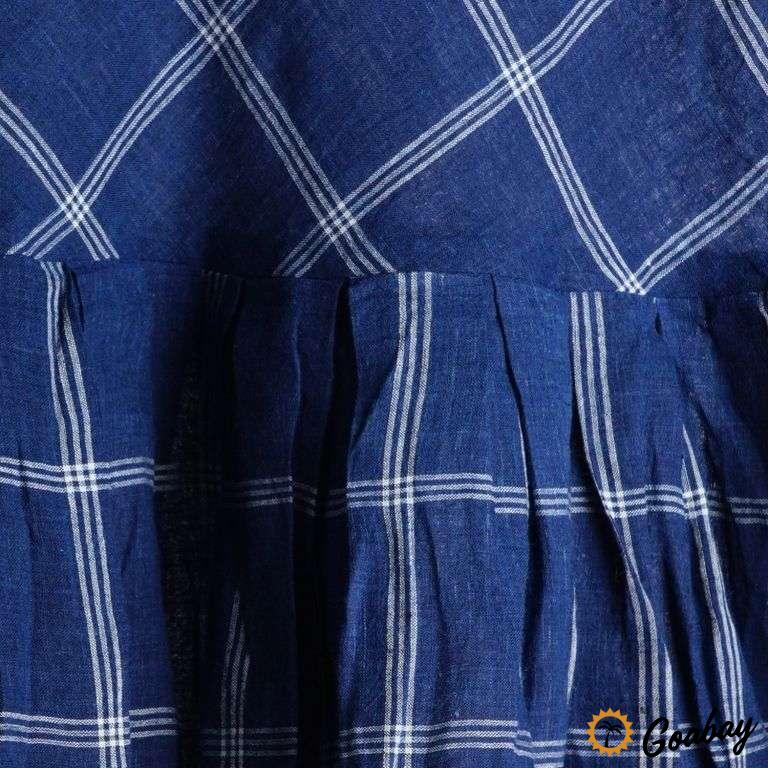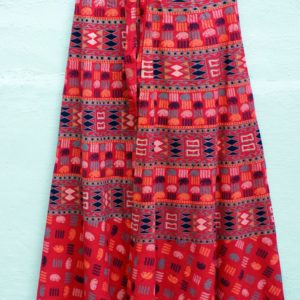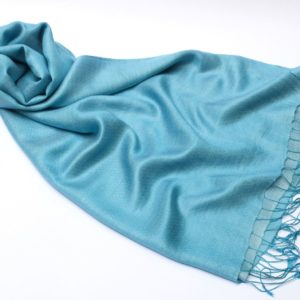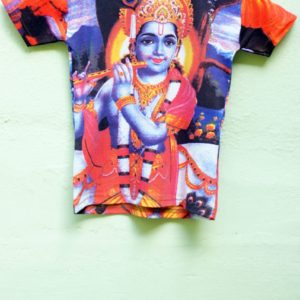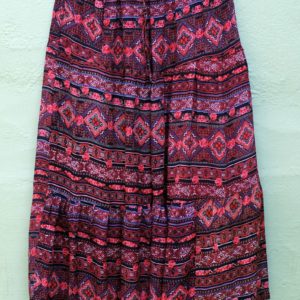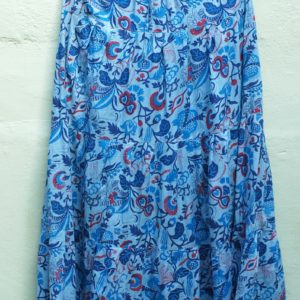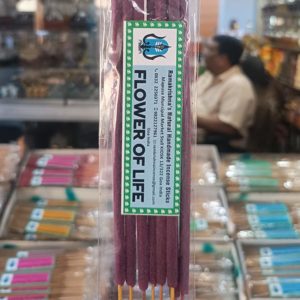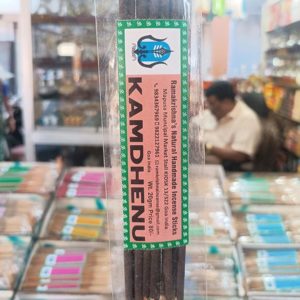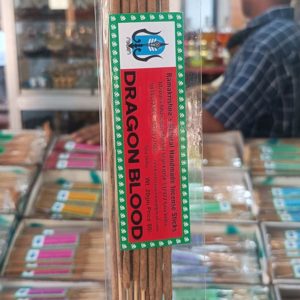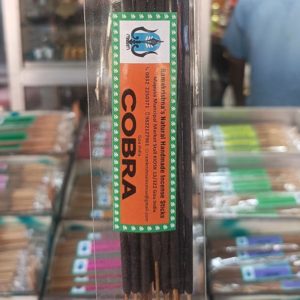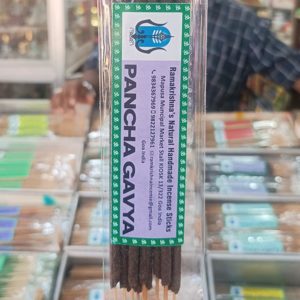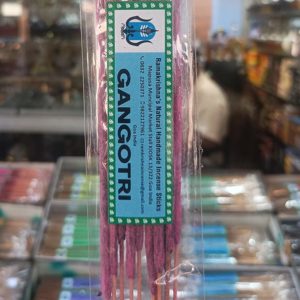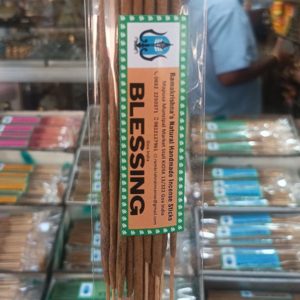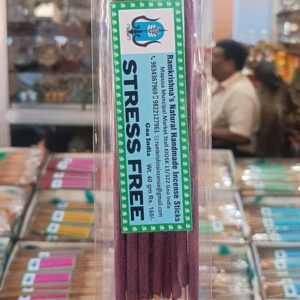Girls Muslin Frock Design 5
An ancient object of desire and symbol of luxury, this uber fine cotton thread was hand woven from delicate hand-spun yarn. It was highly coveted by royalty and considered the ultimate icon of opulence. During the 17th and 18th centuries during the Mughal reign, Bengal was the most important center for cotton. Locally produced by traditional artisans, it was a source of major gain for traders who even exported muslin via Arab merchants to Basra and Baghdad, to Mecca by Haj travelers and to Java and China in the east.
1,766.00₹ – 1,922.00₹
| Weight | 350 g |
|---|---|
| Brand | |
| Size | 5-6yers, 11-12yers, 7-8yers |
“Cloth like the light vapour of dawn” – Yuan Chwang (Chinese trader)
This is just one of the ethereal descriptions for this cloth deemed for the Gods – Bengal Muslin.
Traditional Muslin, characterized by its legendary lightness and distinct motif patterns, was created using a very special and unique cotton grown only along certain parts of the river Brahmaputra. Muslin weavers were considered no less than artists. The entire process involved spinning, weaving, darning and washing cotton from the raw state to the finished product. Tools of the trade included a fine toothed boalee (catfish) jawbone that caught debris from the raw cotton. The thread was then spun in extremely humid conditions in the early morning hours, preferably by young women. Legend has it that their supple, delicate fingers blended the morning dew into the threads while weaving, imbibing them with moisture that gave the finished product a translucent sheen. There is no saying how true this fable is but the celebrated delicacy of the gorgeous fabric is there for the world to see.
This budding industry was however sadly stubbed with the advent of the British rule in India. They recognized the unmatchable quality of Bengal muslin and intimidated by its superiority, made plans to eradicate the industry as a whole. The blooming textile industry was deliberately eroded because of the threat it posed. Large portions of the spun cloth were exported and further production was halted. Colonization forced markets to promote British goods which included textiles as well. In place of the hand woven gossamer, machine made substitutes were introduced and thus began the decline of the muslin industry.
Planters, spinners and weavers were hit hard and soon became obsolete. Very cunningly, the British government relaxed taxes and gave high subsidies to agricultural pursuits that did not involve cotton. Combining this with heavy flood devastation and widespread famine, led to a total shift in the agricultural production of Bengal.
Muslin today is passed off as same as any lightweight, gauzy, inexpensive machine-made cotton cloth. It has lost almost all connections to the glory it once held. Traditional fabrics had thread counts going up to 500, a feat that can simply not be achieved by modern looms. Even the best samples of ancient works are all stored in western museums and are thus viewed mostly by a foreign audience – a sad reminder of the magnificent culture of ancient India.
Lately however, due to increased awareness by local activist bodies and an overall realization in the superiority of our produce, Muslin production has got a boost. Artisan families that had long abandoned the craft are being encouraged to resume the art once again and gradually even younger weavers are getting involved. It is a progressive revival that is happening with new generation spinners applying educated decisions and informed strategies in the industry to bring about a revolution of sorts.
With the government providing grants and subsidies to the spinners and weavers, the onus is now on us to resurrect and make sure this art flourishes and that the age-old romance in delicate muslin weaves is not lost to machine-made substitutes.
You have recently viewed
Related products
900.00₹Original price was: 900.00₹.450.00₹Current price is: 450.00₹.1,600.00₹Original price was: 1,600.00₹.800.00₹Current price is: 800.00₹.1,400.00₹Original price was: 1,400.00₹.700.00₹Current price is: 700.00₹.500.00₹Original price was: 500.00₹.250.00₹Current price is: 250.00₹.900.00₹Original price was: 900.00₹.450.00₹Current price is: 450.00₹.5,768.00₹Original price was: 5,768.00₹.3,845.00₹Current price is: 3,845.00₹.900.00₹Original price was: 900.00₹.450.00₹Current price is: 450.00₹.900.00₹Original price was: 900.00₹.450.00₹Current price is: 450.00₹.



